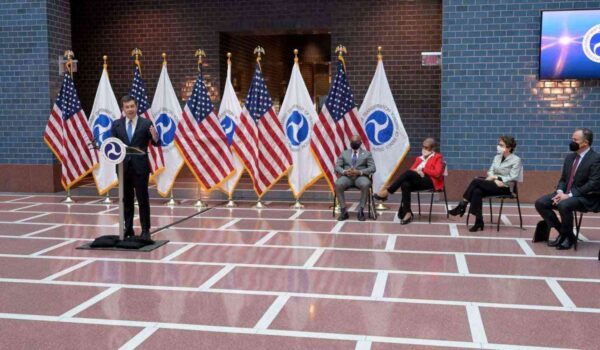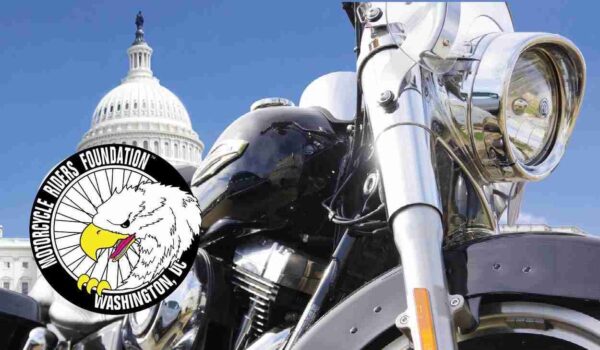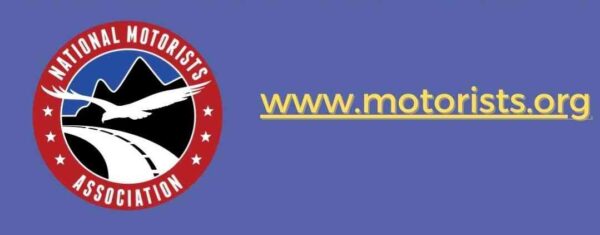NHTSA Responds to Questions from Congress
Just before the end of 2022, Rep. Tim Walberg of Michigan and 26 of his colleagues in Congress sent a letter to the National Highway Traffic Safety Administration (NHTSA) regarding recent crashes that involve motorcycles and cars believed to be in self-driving mode. The response from government regulators has some key takeaways: “NHTSA is actively working to educate consumers and the media that automated driving system (ADS) technologies are not self-driving technologies, and that drivers must always remain engaged in the driving task.” “Crashes involving motorcycles account for less than 2 percent of all reported crashes involving ADS.” “NHTSA is conducting research on how vehicles equipped with crash avoidance technologies react to motorcycles, bicyclists and other vulnerable road users in various scenarios.” The Motorcycle Riders Foundation is committed to aggressively working with lawmakers to address obvious safety gaps in the deployment of this new technology. While we appreciate that NHTSA is conducting research on this topic, on this topic, motorcyclists are not “vulnerable road users”, motorcyclists are simply road users. Additionally, it’s unacceptable that consumers falsely believe this technology, deployed on our roads, allows them to sit back and relax while in the driver’s seat. The safety of the nearly 10 million bikers on our nation’s roadways requires that all roadway users act in a responsible manner. As always Ride Safe and Ride Free. About Motorcycle Riders Foundation: The Motorcycle Riders Foundation (MRF) provides leadership at the federal level for states’ motorcyclists’ rights organizations as well as motorcycle clubs and individual riders. Visit http://mrf.org * * * * * * * * * * * * * * * * * * * * Stay updated, stay ahead of the curve. Click to Sign up for the Weekly Newsletter from Bikernet Blog for free.
NHTSA Responds to Questions from Congress Read More »






